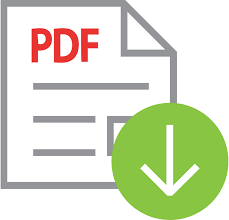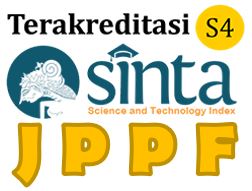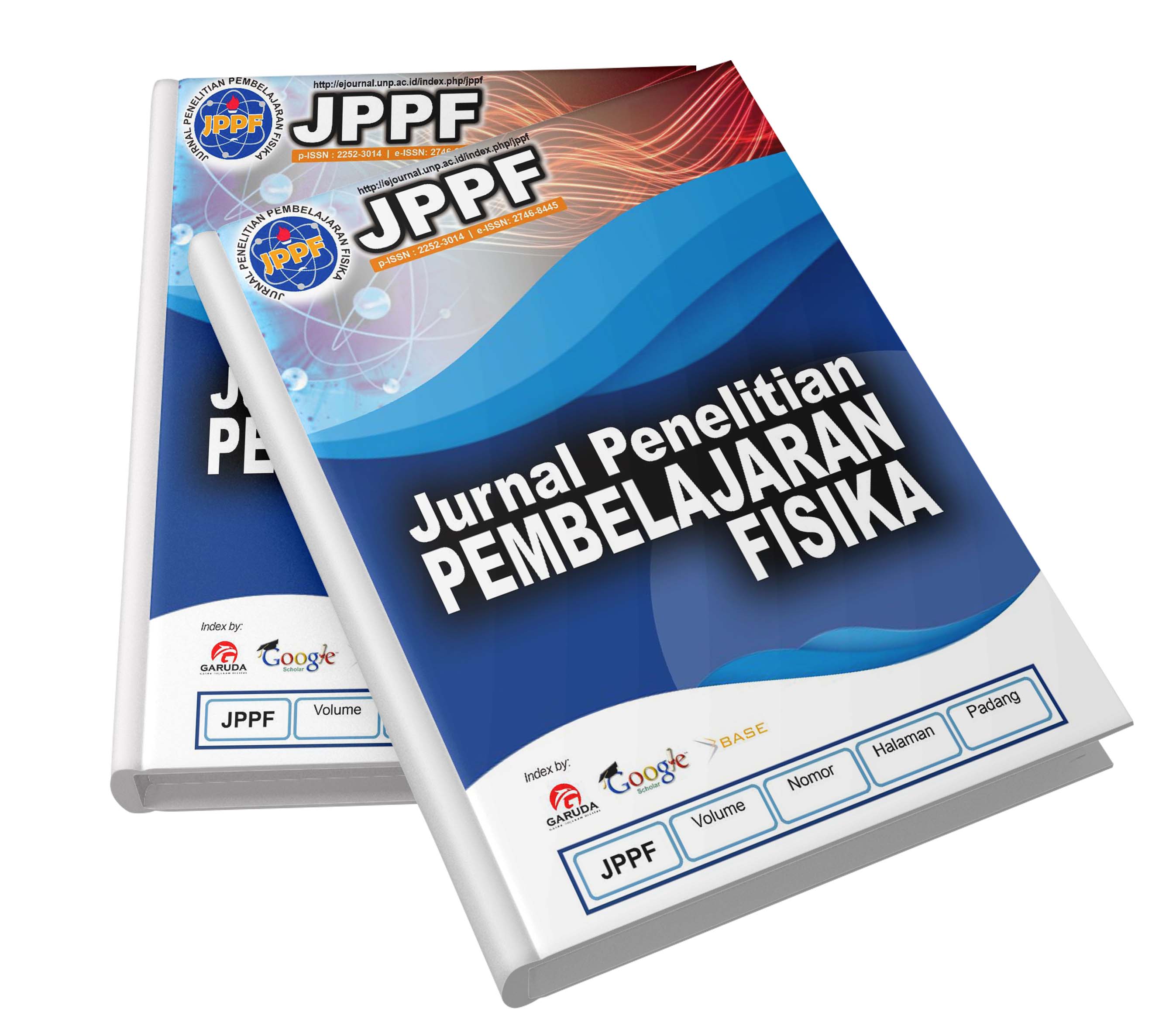Effects of Physics Teaching Materials on Student’ Critical Thinking and Creative Thinking Skills: A Meta-Analysis
 ), Asrizal Asrizal(2), Usmeldi Usmeldi(3),
), Asrizal Asrizal(2), Usmeldi Usmeldi(3), (1) Master’s Program in Physics Education, Universitas Negeri Padang, West Sumatera
(2) Department of Physics, Universitas Negeri Padang, West Sumatera
(3) Department of Electrical Engineering , Universitas Negeri Padang, West Sumatera
 Corresponding Author
Corresponding Author
DOI : https://doi.org/10.24036/jppf.v10i2.129627
Full Text:
 Language : en
Language : en
Abstract
The rapid advancement of technology and science education demands innovative approaches to develop students' critical and creative thinking skills. However, there is limited systematic evidence about the effectiveness of different physics teaching materials in fostering these essential 21st-century skills. This study aims to investigate the effect of physics teaching materials on critical thinking skills and creative thinking skills of high school students through a comprehensive meta-analysis of recent research. Using purposive sampling, 20 articles from national journals published between 2019-2023 were analyzed. The results revealed three key findings: (1) physics teaching materials showed varying degrees of effectiveness across different formats, with modules and student worksheets demonstrating the highest effect sizes (3.93 and 3.97 respectively); (2) physics teaching materials significantly enhanced students' critical thinking skills with a high effect size category (3.97); and (3) these materials effectively improved creative thinking skills with a high effect size category (2.97). These findings provide valuable insights for educators and curriculum developers in designing and implementing effective physics teaching materials
 Article Metrics
Article Metrics
 Abstract Views : 73 times
Abstract Views : 73 times
 PDF Downloaded : 16 times
PDF Downloaded : 16 times
Refbacks
- There are currently no refbacks.




